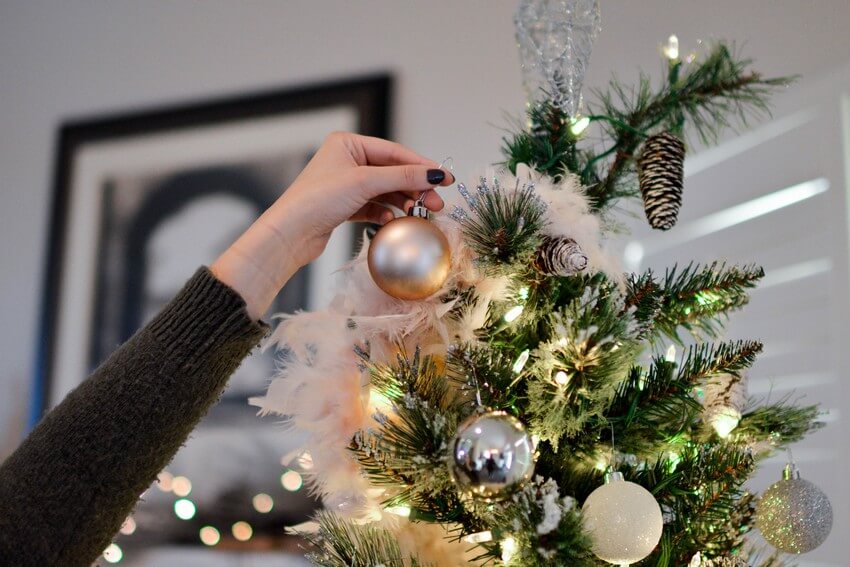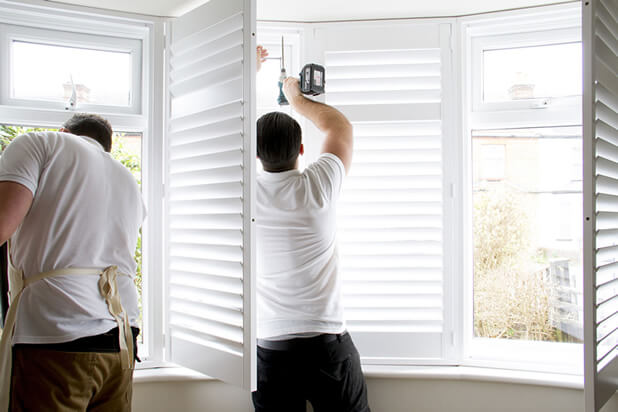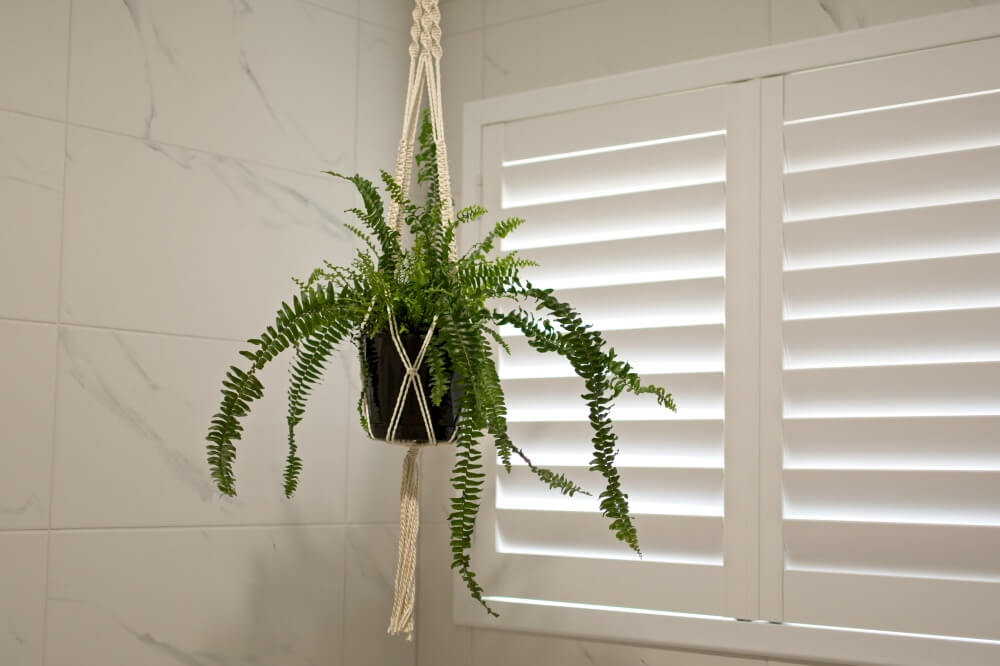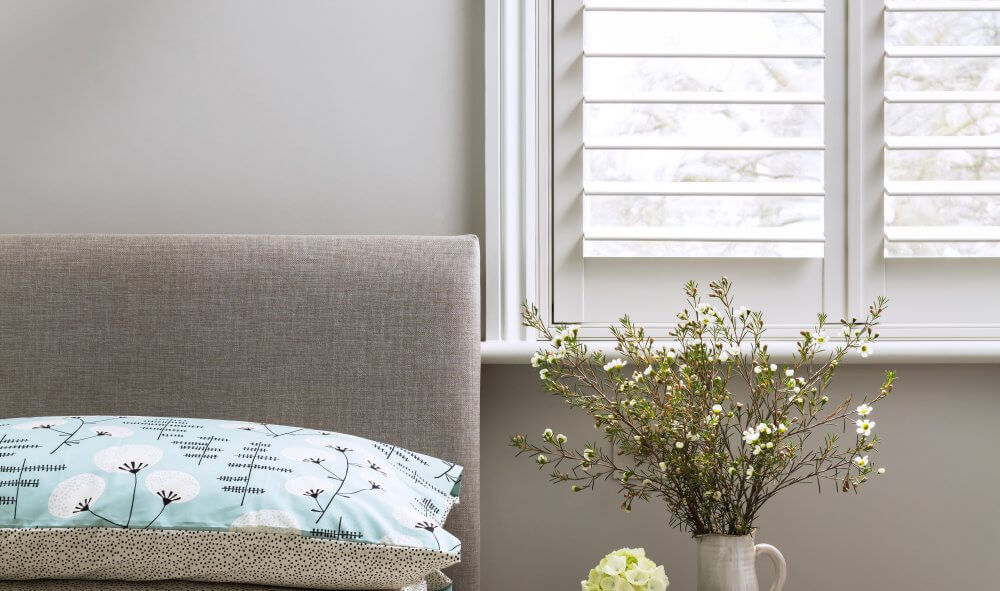Christmas is an expensive time of year and, with the economy as it is, many may be worrying that decorating their windows and homes with Christmas lights will only tighten purse strings even further. Let’s face it, it’s not Christmas without seeing all those cheery, glowing lights in the neighbourhood. So, how can you keep the energy consumption of your decorations to a minimum, I hear you ask? The Energy Saving Trust states that by replacing all the bulbs in your home with LED lights, you could reduce your carbon dioxide emissions by up to 40kg a year. This is the equivalent to the carbon dioxide emitted by driving your car around 145 miles. Lighting makes up 11% of the average UK household electricity consumption, so making the switch to LED could help you save money too.
Twinkling festive lights are no exception. Most Christmas lights on the market today are LED so it is hard not to make the right choice when buying new ones. However, if you are still hanging up the incandescent Christmas lights you have had since the 80s/90s then you might consider investing in some new LED ones sharpish!
What is the difference between LEDs and Incandescent Christmas lights?
Remember the tree lights from Christmas past? The mini, yet bulky bulbs that used a filament which made them hot to the touch and, therefore, extremely dangerous for dry Christmas trees, kids, and pets? Not to mention a massive fire hazard… They were also made of glass (clear for “white” lights or painted in a colour) and came on smaller strings so you typically had to buy a few sets, which often meant using an extension socket to house all the plugs!
Incandescent Christmas lights tend to boast an average of a 2000–3000-hour lifespan. Depending on how long you leave your lights on or how long your Christmas season lasts, this means they could last for 10-15 years.
LED (Light Emitting Diode) lights do not have a filament, meaning they stay cool and last longer. They work by passing an electrical current through a microchip, which illuminates the tiny light sources we call LEDs, and the result is a bright light. The heat LEDs produce is absorbed into a heat sink, so they are not dangerously hot to touch. Plus, they are made of epoxy plastic, which is unbreakable, making them safer and able to retain more colour. You can string lots more together making them better and safer for larger spaces.
On top of all of that, LED lights have a lifespan of 200,000 hours so you will probably never have to purchase Christmas bulbs ever again.
According to EnergySage, on average:
- Incandescent light bulbs use about 60 watts of energy, and LED light bulbs use about 10 watts.
- Using an incandescent light bulb for 2 hours a day will use about 12.2 kilowatt-hours of electricity per month and 43.8 kilowatt-hours of electricity per year.
- Using an LED light bulb for 2 hours per day will use about 0.61 kilowatt-hours of electricity per month and 7.3 kilowatt-hours of electricity per year.
In recent years, window and garden displays are becoming increasingly popular to help brighten up those dark, wintery nights. Now you can rest assured that using LED lights for your festive displays instead of the incandescent kind will make a massive difference to your household energy consumption and those dreaded winter bills.
We look forward to seeing your displays when we are active in the community!
Merry Christmas!
Get in touch!





